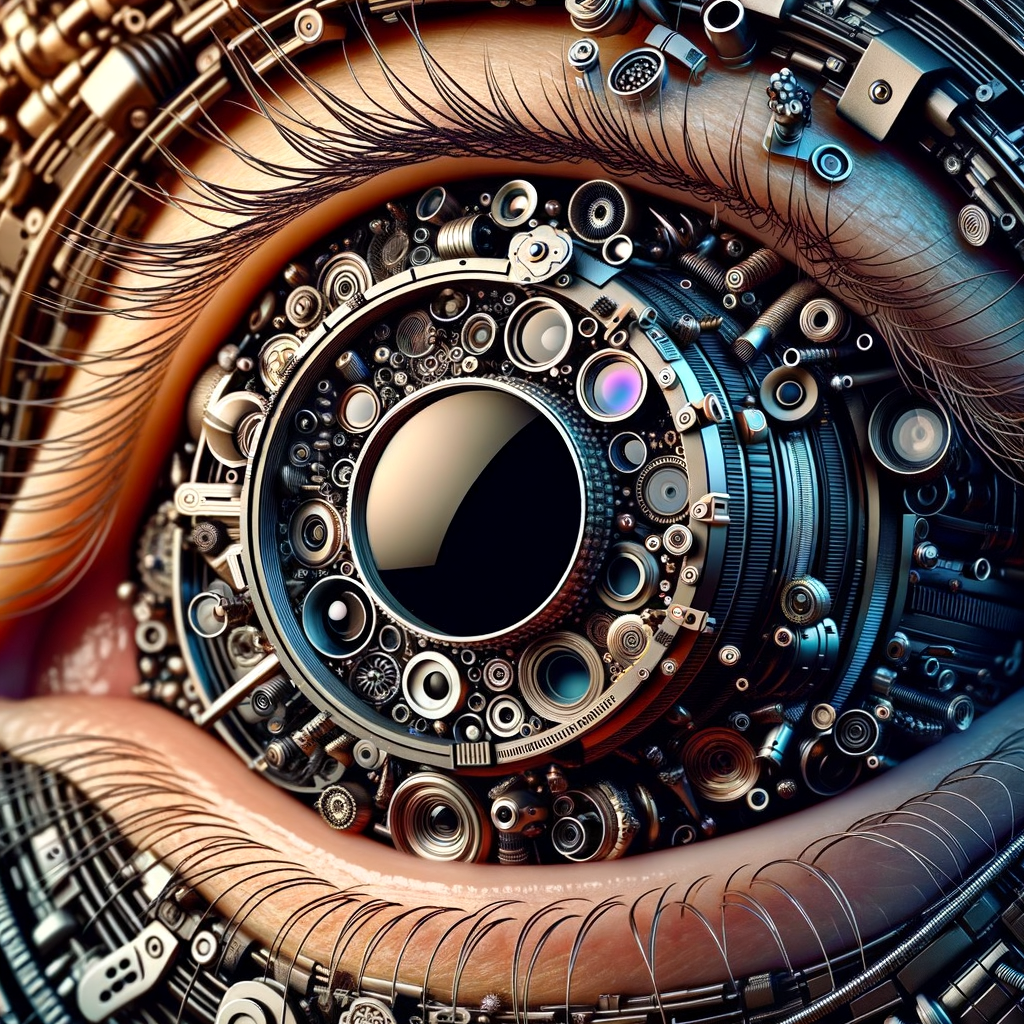
Experimental photography offers unique opportunities for self-expression and creative growth. By using new technologies and creative techniques, photographers can go beyond traditional methods and create unique visual stories. In this guide, we will explore the basics of experimental photography, share inspiring ideas, and offer tips that will help you master this exciting genre.
Experimental photography is not just a way to create interesting and unusual images. It allows photographers to explore new boundaries of art, contemplate what photography means, and break the stereotypes of how photography should look. Whether using unconventional equipment, mixed media techniques, or working with unusual light sources, experimental photography opens the doors to limitless possibilities.
One of the first steps on the path to experimental photography is choosing an unexpected theme. It is important to not be afraid to deviate from the norm and introduce something new. Think about what elements of your life you usually ignore, and how they can be interpreted through photography. For example, you might focus on the textures of everyday objects, play with the contrast between light and shadow, or create an abstract portrait using different filters and effects. Extreme simplicity can serve as a powerful source of inspiration.
There are no strict rules regarding the equipment used for experimental photography. Using old film cameras, instant cameras, or smartphones can open new horizons. What matters most is not only the technique but also your vision and desire to explore.
One common technique in experimental photography is to play with exposure and focus. For instance, you can capture movement by shooting at a short shutter speed or create a blur effect using a long exposure. In both cases, the final result can be completely different and unexpected.
Don't forget about post-processing the images. Using editing software can significantly enhance your photographs and turn them into real works of art. Here you can realize your fantasies by adding textures, glitter effects, or working with colors.
Social networks can also be a great way to share your experimental works and receive feedback. Instagram, Pinterest, and other platforms allow you to create a visual diary of your experiments, which will inspire not only you but others as well.
Experimental photography is not a final destination but a pathway to self-expression. Explore, try new things, and don't be afraid of mistakes. The most interesting images often arise spontaneously and unexpectedly. Remember that there are no wrong decisions in photographic art. Every experience allows you to become better and express yourself through art.


